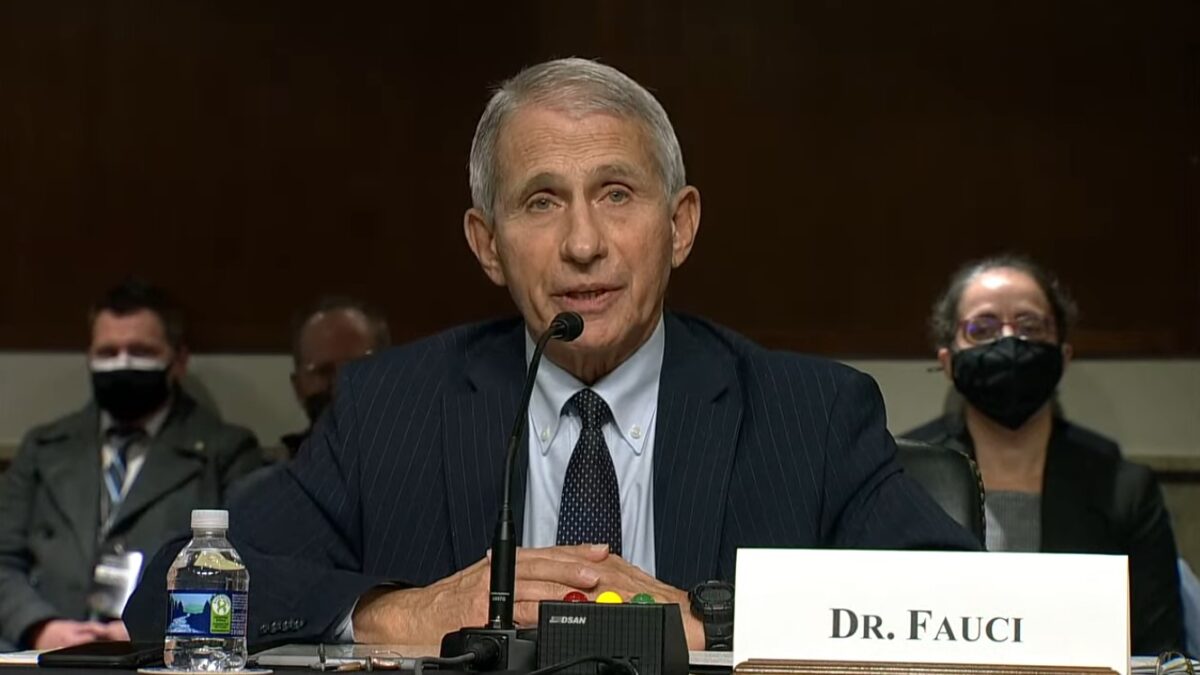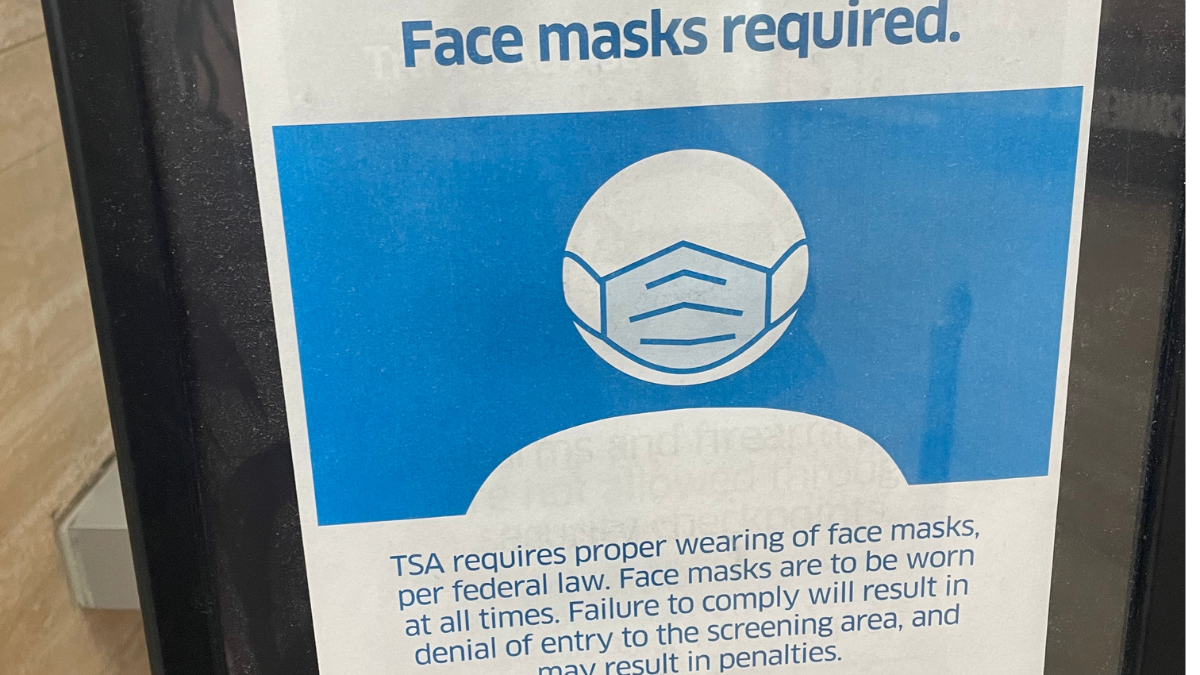Why don’t we know the origins of Covid-19? It’s been nearly three years, and even after scientists have analyzed millions of virus sequences, have taken samples of thousands of animals, including hundreds from the Wuhan market where the virus first is alleged to have broken out, we still haven’t discovered the proximal cause of the pandemic. It is strange, to say the least.
In November of 2002, a SARS outbreak erupted among restaurant workers handling live animals in a “wet market” located in Shenzhen, China. Not long after the initial outbreak, the disease went international. By May 2003, Chinese researchers found a virus in palm civet cats at the market that was nearly identical to the pandemic virus. This virus, SARS-CoV, fizzled out after causing 8,000 cases resulting in 800 deaths worldwide. But the virus currently in question is believed to have caused nearly 1 billion cases and possibly 20 million excess deaths, and we are still searching for answers. Why?
What if the proximal origin of the current pandemic is a U.S. government-funded, lab-engineered virus that leaked from the Wuhan laboratory? What if powerful interests would rather you not find out? It may sound conspiratorial, but we should consider the science.
The closest overall genetic match to SARS-CoV-2 is a bat coronavirus named RaTG13. But this virus is not a close enough genetic match to have morphed into SARS-CoV-2, especially given that RaTG13 cannot infect human cells. Curiously, the part of the SARS-CoV-2 spike that binds to human cells (i.e., the receptor-binding domain or RBD) is nearly identical to the RBD in a pangolin coronavirus spike. Stranger still is that a virus that supposedly just emerged from an animal was so optimized for human infection.
Should we be alarmed that publication of this important information was suspiciously stifled for over one year, corresponding to when Anthony Fauci reluctantly admitted that a “lab leak” was possible?
Another anomaly of the SARS-CoV-2 spike is the presence of the all-important “furin cleavage site” (FCS) that is missing in all known close relatives.
Due to similar designs, some hypothesized origins of the FCS in SARS-CoV-2 include a distantly related feline coronavirus or an important protein in human lungs called ENac-alpha. Feline coronaviruses have so little in common with SARS-CoV-2 that it’s a huge stretch to imagine natural recombination between these viruses occurring at all, especially given that only the tiny FCS fragment would have been acquired. With regard to ENac-alpha, it’s been suggested that an FCS found in the human lungs “might be a rational, if not obvious” choice for insertion into a hybrid virus.
There are published “proof of concept” examples of this type of work in which an FCS from one virus was transplanted into another, resulting in demonstrable “gain of function.” Meanwhile, the “natural origin” position suggests that bat and pangolin coronaviruses naturally co-mingled, their hybrid progeny somehow picked up an FCS, possibly by co-mingling with a distantly related cat coronavirus, then the hybrid virus burst into the world from a Wuhan market just a few miles from a virology lab that recently requested funding to make hybrid coronaviruses. Considering that the market had no record of selling either bats or pangolins in 2019, the natural origin scenario requires a lot of mental gymnastics.
The blueprint for creating hybrid coronaviruses is well documented. For example, a 2018 DARPA grant made by EcoHealth Alliance proposed to create a “complete inventory” of bat coronaviruses from several bat caves in China. Their plan was to add spike proteins from these novel viruses to a weakly infectious bat virus core and test the lethality of the hybrid viruses in “humanized” mice. Although the grant was not funded, there is no doubt that the authors already had enough “proof of concept” data at the Wuhan lab to justify submitting such a large grant.
Recently, Boston University researchers added Omicron variant spikes to an original SARS-CoV-2 variant core, resulting in a hybrid virus that was more lethal to mice than Omicron. Regardless of whether these studies are referred to as “gain of function” research, the bottom line is that these labs created hybrid viruses that do not exist in nature, and there was no way of knowing the ramifications of doing so beforehand.
One method for creating these hybrids utilizes enzymes called “endonucleases,” such as BsmBI, to cut the large coronavirus genome at specific locations into smaller pieces; the genome pieces can then be swapped between different viruses and inserted into human cells to produce infectious hybrid viruses.
Researchers can easily add cut sites at precise locations; Dr. R.S. Baric, at the center of much of this controversy, even developed a methodology referred to as “no-see-um” to give researchers the option of disguising these genetic engineering fingerprints. Given all the other circumstances suggesting laboratory engineering, it’s not surprising that the pattern of BsmBI and various other cut sites make the SARS-CoV-2 genome “more like the product of synthetic genome assembly than natural evolution.”
Anomalies in the FCS provide compelling evidence that it was deliberately added. It’s statistically unlikely that nature randomly added a complete FCS into a bat/pangolin hybrid virus, enabling it to turn into SARS-CoV-2. The short genetic sequence encoding the FCS in the original SARS-CoV-2 strain is as follows: CCU CGG CGG GCA CGU. Each set of three-letter code dictates the specific amino acid to be incorporated.
The CGG triplet, encoding the amino acid arginine, is extremely rare in the genome of SARS-CoV-2. For example, these are the only two CGGs among the more than 3,800 “letters” encoding the spike protein, and they happen to be right next to each other resulting in the insertion of two key arginines in the FCS; in fact, this is the only place CGG occurs in tandem in the entire 30,000 letter virus genome. Not that additional circumstance is needed to highlight the CGG anomaly, but the CGG triplet is the preferred code used by genetic engineers to produce proteins containing arginine in human cells. In this case, it appears the preferred code was used to produce virus spike proteins with an arginine-rich FCS, knowing that this would increase infectivity.
From the beginning, the highest levels of the U.S. and Chinese bureaucracies squashed the “lab leak” hypothesis without any scientific debate. In fact, as Chinese officials laid down a smoke screen of nonsense blaming the pandemic on imported frozen fish, vital data was removed from public scrutiny by Chinese scientists, strongly suggesting an early attempt at a coverup.
With censorship as the official position, the full force of Big Tech and intellectually lazy intimidation tactics were deployed; anyone that mentioned “lab leak” must be racist.
Thankfully, that failed as more supporting data emerged to embolden truth seekers.
The latest tactic is to give the illusion of careful analysis, followed by a forceful rebuke of inconvenient data as “poppycock dressed up as science.” This dismissive tactic is also used by nervous criminal defense lawyers, but the evidence for the “lab leak” has reached critical mass, and, taken together, paints a convincing picture of guilt; at the very least, the jury now recognizes the defense lawyer’s ruse. Fauci, his former boss Francis Collins, and everyone else who attempted to squash discussion of the “lab leak” are on the wrong side of history.
To quote Dr. Richard Ebright, a molecular biologist from Rutgers, with respect to the mounting evidence supporting the “lab leak,” “the list of coincidences is getting verrrrrrrrrrry [sic] long.”









